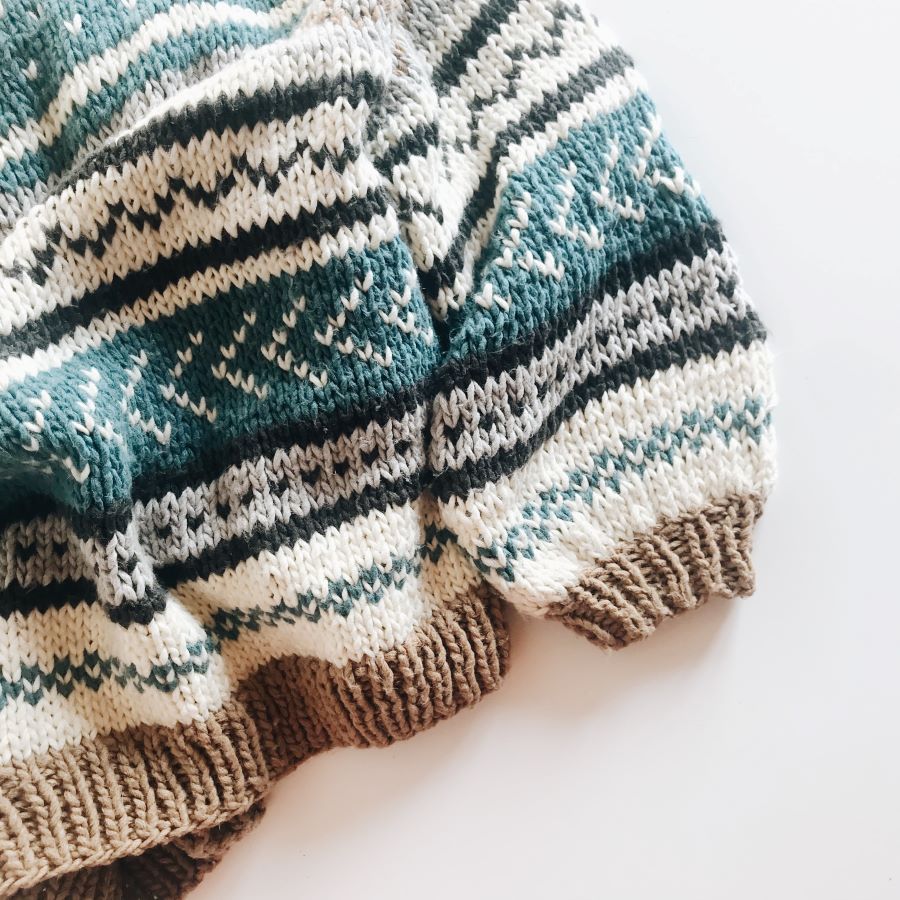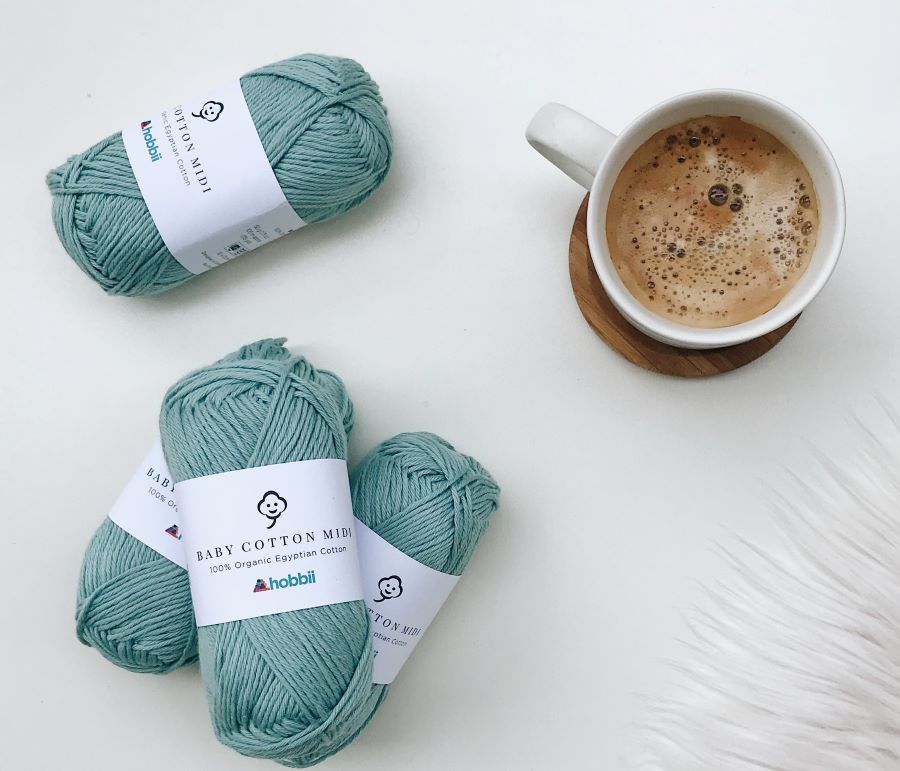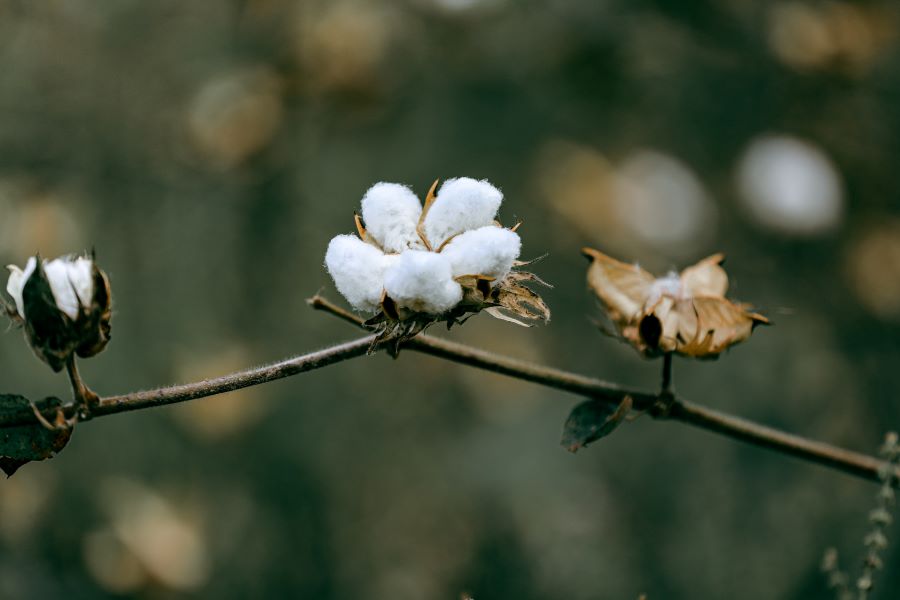We all like to look good. It makes us feel good. It even makes others feel good. But fashion and textiles are produced more and more with synthetic fibers. They cost less. But are they the best choice for health, comfort, and the planet?
Synthetic fibers make microfibers. They’re made during their manufacture. They’re made when we wash them. And they’re made by simply wearing them. And at this point they constitute more than half of all fibers used in garments and household textiles these days.
But… are they even comfortable???
Fleeces appeal to us because they’re soft to the touch. And, presumably, they’re warm. And they are everywhere.
I ended up buying a synthetic fleece pullover once, many years ago. I knew it was wrong because it was synthetic, but they were becoming popular then. And it was touted as being buttery soft. So I decided to give it a try.
Yes, it was soft to the touch. I got a nice red one and I loved the color. And it did keep me warm. Sort of. It seemed to feel a little off. Like it was clammy feeling. Even as an outer layer. It felt warm but it was a stifling warm. I do a lot of outdoor work and this garment felt different, not in a good way.
Well that clammy, stifling feeling was due to the synthetic fibers it was made of. They lack breathability. Synthetic fibers lack breathability, while natural fibers have good breathability. I was used to wearing natural fibers and I could really tell the difference with this pullover, even as an outer layer.
Breathability gives fabrics the best comfort
Breathability is the degree to which a fabric allows air and moisture to pass through it. Let’s take a look at what this means.
Breathability is defined as the ability of a fabric to allow perspiration, evaporated by the body, to escape (diffuse) to the outside (termed moisture vapour transmission), thereby allowing complete comfort.
From: Engineering Apparel Fabrics and Garments, 2009

Natural fibers absorb the moisture from our bodies. They’re more permeable which allows heat, sweat, and odors to pass through them. This keeps our skin cool when it’s hot because sweat passes through to the outside where it can dry, keeping our skin comfortable. In cold environments natural fibers hold body heat while allowing moisture through, keeping us warm and comfortable.
On the other hand, synthetics don’t absorb moisture. Instead they trap heat and moisture against the skin, allowing more bacteria to develop. This leads to odor, which is difficult to remove from synthetic fabrics. They can even lead to an increase in pathogenic bacteria on the skin.
Moisture wicking, the best fibers for the job
Synthetic fibers don’t absorb moisture but it sits on the outside of the fiber. To get good wicking, synthetic fibers are spun very thin and woven tightly to make the fabric. There are a lot of tiny spaces in the weave of the fabric which allows moisture and sweat to travel along the outside of the fibers by capillary action and driven by body heat to the outside of the garment to evaporate. That’s the wicking. (And those very thin fibers break off and end up as microfibers.)
Wool absorbs some moisture and holds it till it’s dry. But wool fibers have a cuticle layer on them, similar to our nails and hair. This cuticle allows moisture to run along the fibers to move to the outside to evaporate. Wool is a good wicking fabric.
But even better is Merino wool which has exceptionally fine fibers. This means the fibers can be packed tightly together when they’re knit, creating more tiny spaces in the fabric, like in the synthetic moisture wicking fabrics, and so the capillary action is even much more than efficient and effective. This makes Merino wool fabrics the most moisture wicking fabric there is. It’s soft on the skin, too. And it’s becoming more and more available for moisture wicking base layers, even in t-shirts.
Merino wool has been said to be less durable, but I have several layers that I wear all winter long, and they show no wear at all. (Except for the little bit of moth damage on one piece…that’s something to watch for.) But they hold their shape well, feel warm and comfortable, and they look good.
Wool is more expensive. But I think it lasts much better than synthetic pieces. The smell factor alone is worth paying for. I can wear mine many times between washes. I’ve read that wool doesn’t even need to be washed, just aired out. I would agree with this, but it depends on circumstances.
I don’t care what they say, synthetics stink!
Other experiences I’ve had with synthetic clothing is with t-shirts and tanks…because synthetics are just about all you can find these days. When I wear them, I end up with a smelly shirt. Much, much more than with my cotton shirts.
Here’s why I smell more when I wear synthetic shirts.
Skin has a microbiome that keeps it healthy, just like our gut does. And just like what we eat shapes the quality of our gut microbiome, our skin microbiome is shaped by what we put on it and next to it.
Since the synthetic fibers don’t absorb the moisture on our skin, but hold it next to the skin, this allows for extra bacterial colonization and odor generation. Worse, it can lead to the build-up of pathogenic bacteria which can cause dermatological problems.
More than half the new textiles produced are made with polyester and polyester is prone to certain types of bacterial growth and odor formation.
Synthetics stink and they even have to use special fiber treatments to reduce stinking—more chemicals for our clothing. But I haven’t found them to work.
Natural fibers are biodegradable
Biodegradability is best for the planet. Synthetics are plastic fibers. Plastic does not biodegrade. It may look like it does. But it simply breaks into smaller and smaller pieces. There are no microbes responsible for eating at the chemical bonds that will break plastics into natural materials.
Well, some microbes have been found, but they’re in very low concentrations. Some are the microbes that break down lignin from trees, which is a slow process. The rate that we’re adding plastic microfibers into all parts of the environment far exceeds the capacity of natural breakdown by the few microbes that may be able to do it. It’s far easier to simply switch to natural fibers.
Research has been done to test the biodegradability of a few fibers, natural and synthetic.
A study done at North Carolina State University compared how much cotton, rayon, 50/50 cotton/polyester, and polyester would break down in three environments: wastewater, fresh water, and salt water (where these fibers end up). The test was run for 32 days.
The polyester barely broke down in all environments.. (But I wonder if it what did break down really biodegraded or broke into tiny undetectable pieces.)

The cotton/polyester fibers broke down at the rate of about 50% of the pure cotton, signifying the cotton portion broke down but not the polyester.
The cotton and rayon (which is a naturally derived fiber but fraught with environmental damage) both biodegraded considerably. The best was in wastewater, down to about 10%, next best in fresh water, and only down to 50% in salt water. This is in 32 days.
Synthetic fibers are especially breakable because they’re thin. With abrasion, washing, and wearing they break into tiny pieces. Some pieces are visible to the naked eye. Most are not. Synthetic fibers broken into tiny pieces are the microfiber problem that’s in the environment the world over and in all depths of the oceans. These are the fibers that are getting into all organisms from the smallest to the largest.
But natural fiber clothing and home soft furnishings cost more
Yes they do. But they cost a lot less for the planet.
Fast fashion has taken off and encouraged us all to buy more because it’s cheap enough to do so. Some studies report that we (in the first world, that is) wear our garments an average of only seven times before tossing them out.
Natural fibers feel better on our skin and are healthier for our skin.. Garments made with them are more durable and usually better looking. And they’re way better for the planet!
So here’s how we can make the switch to natural fibers.
- Buy less to spend more on each item. Take good care of your clothes, and the other home textiles, and make them last. When done, pass them on.
- Think about how many of your clothes you rarely wear. We can be judicious of how much we buy. More expensive clothes force us to be more judicious anyway. And if they aren’t working for you anymore? Pass them on.
- When you buy less you can get so much more: quality, comfort, a clean conscience, and saving money in the long run.
That red fleece pullover I got many years ago? I have it packed away. I’ll be throwing it out when I find it…but into the landfill. So no one else will let it shed its microfibers.
My Favorite Sources for Merino Wool Clothing:
Backcountry: This company carries Smartwool and Merriwool
The Irish Store: A source of beautiful Irish wool handmade sweaters and other beautiful things, at very decent prices!
Related Reading:
Wool IS an Eco-Friendly Fiber –Just Choose it Well
Just Stop Wearing Plastic Clothes
What Are Microfibers? Where Do They Come From? Why Are They a Problem?
Wash Less & Wash Better to Reduce Microfibers and Save Your Clothes
Microplastic: The Most Insidious Plastic Problem
Ocean Acidification– What It Is, What’s Causing It, and What Can we Do?

